How to make a professional restoration of chairs with your own hands using improvised means? It's quite easy!
The appearance of furniture over time can become unpresentable. In addition, it sometimes breaks down and needs repair. Restoring a chair that can serve for many more years is not at all difficult. Sometimes you just need to update the surface - change the upholstery or make the seat more durable. There are many materials for restoration in the house - a piece of dense fabric, foam rubber, etc. The updated chair, covered with a beautiful varnish, looks no less neat than when you bought it.
The appearance of furniture over time can become unpresentable.
A home-restored chair can be designed better than it looked before. Restoration requires a minimum of materials and tools. Replacing a leaky or frayed upholstery is a matter of one hour.
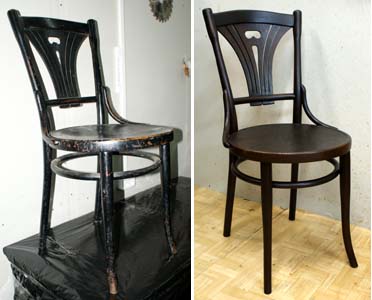
If the chair is antique, then you need to restore it very carefully.
You can independently clean the wooden surface of old furniture and cover it with a transparent or tinted composition, add new elements to the decor. For example, a chair is made with carved legs or a back, and the seat is reinforced so that it can be used for its intended purpose for a long time.
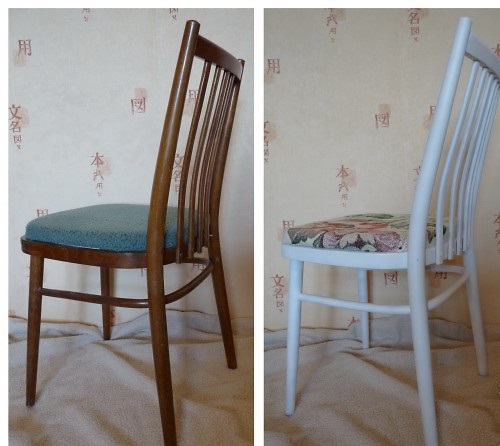
There are many materials for restoration in the house - a piece of dense fabric, foam rubber, etc.
Restoration costs at home are minimal. Before buying a new chair, think about whether it is possible to restore the old one and save a lot at the same time. Restoration of antique furniture is especially expensive because it requires great care and exclusive materials. Updating furniture on your own will be much cheaper.
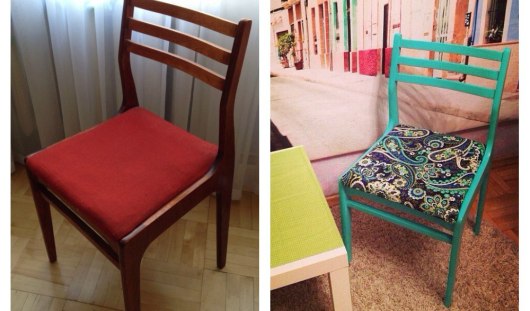
The updated chair, covered with a beautiful varnish, looks no less neat than when you bought it.
Restoration process: step by step instructions
If the "native" bolts connecting the supporting structure are loosened, then they are strengthened with an additional washer. For greater reliability, you can add a little universal glue to the grooves.
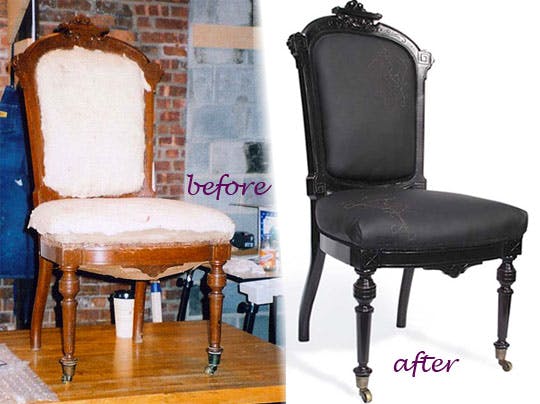
Replace the seagrass and horsehair used in the old days as fillers with foam rubber.
A leaky seat is updated by replacing the base with slats and / or completely restoring the upholstery. The worn surface is freed from the old material. The chair is being prepared for further restoration:
- cut a piece of plywood to fit the seat;
- stick foam rubber on the base (width - 3-4 cm);
- fix plywood around the perimeter;
- stretch the upholstery fabric on the finished base;
- fix the material with a stapler and staples.
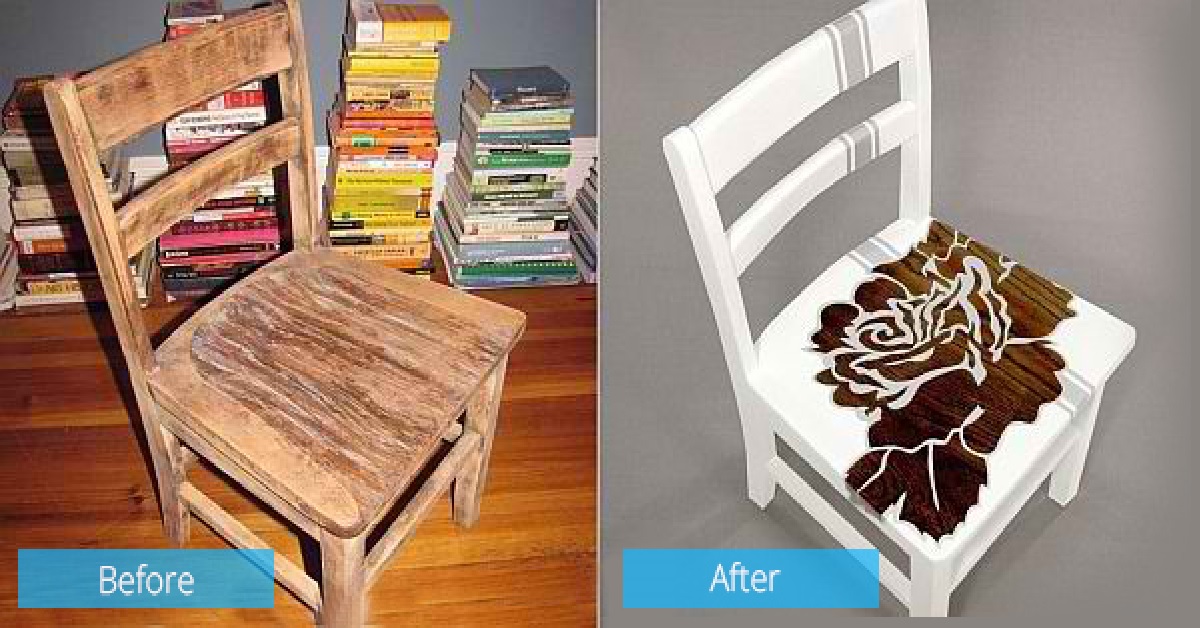
A home-restored chair can be designed better than it looked before.
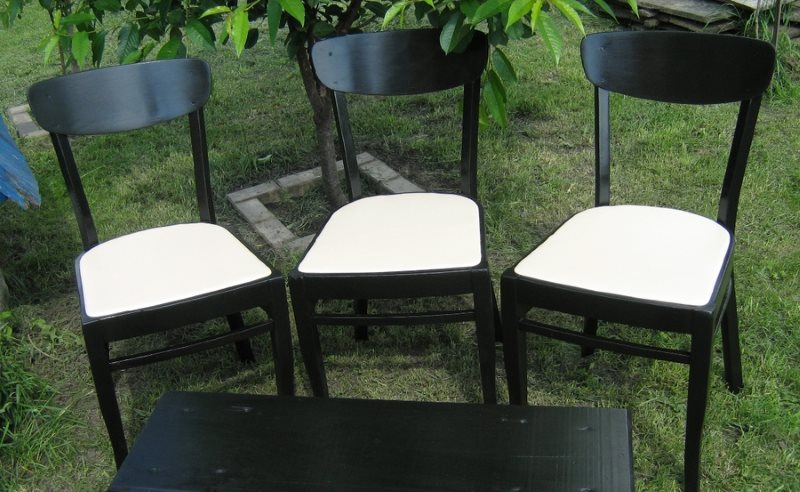
You can completely replace the back with a figured one, if the design allows.
You can not bring the fabric to the outer sides of the seat. Then the upholstery is tucked around the perimeter inward. The seat frame will be visible.
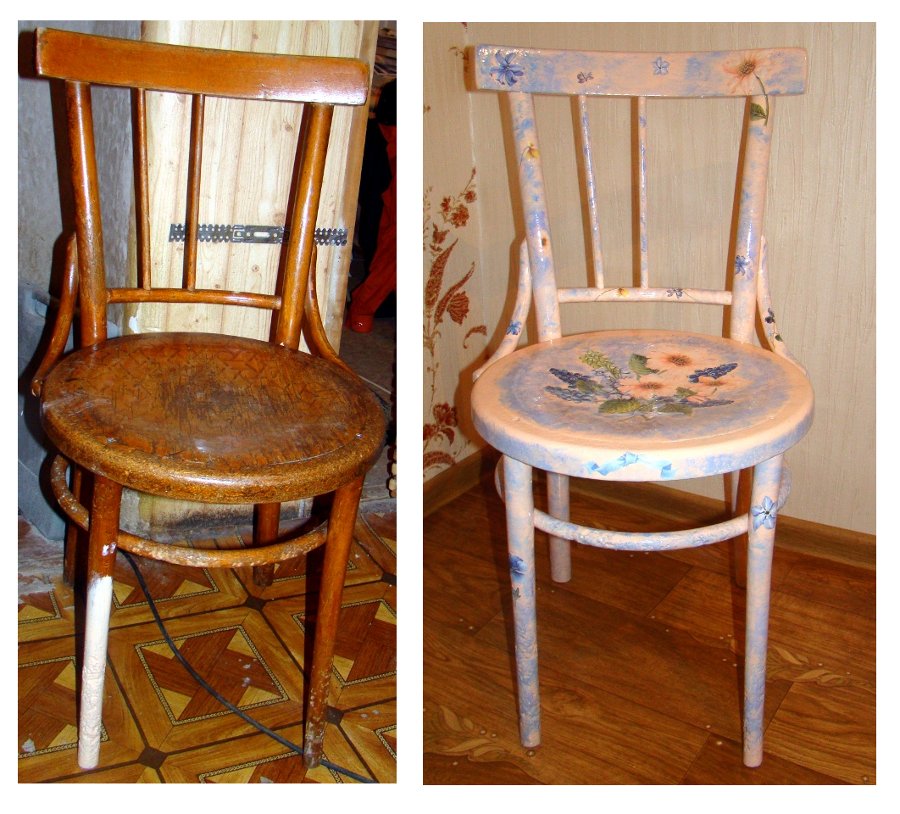
The fabric is selected resistant to abrasion and mechanical stress, sufficiently dense.
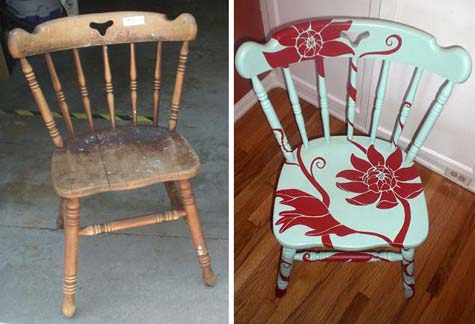
Replacing a leaky or frayed upholstery is a matter of one hour.
When updating, you can use a variety of materials. With a good carpentry skill, the restored chair acquires an individual style. This takes into account the material - wood species, density, texture.
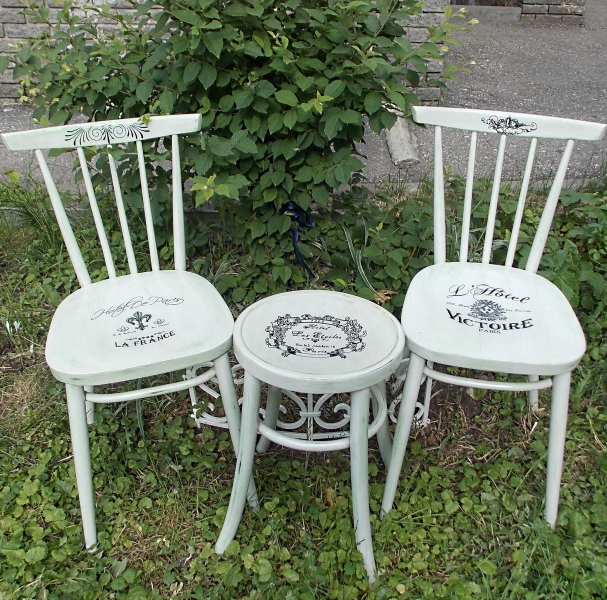
You can independently clean the wooden surface of old furniture and cover it with a transparent or tinted composition, add new elements to the decor.
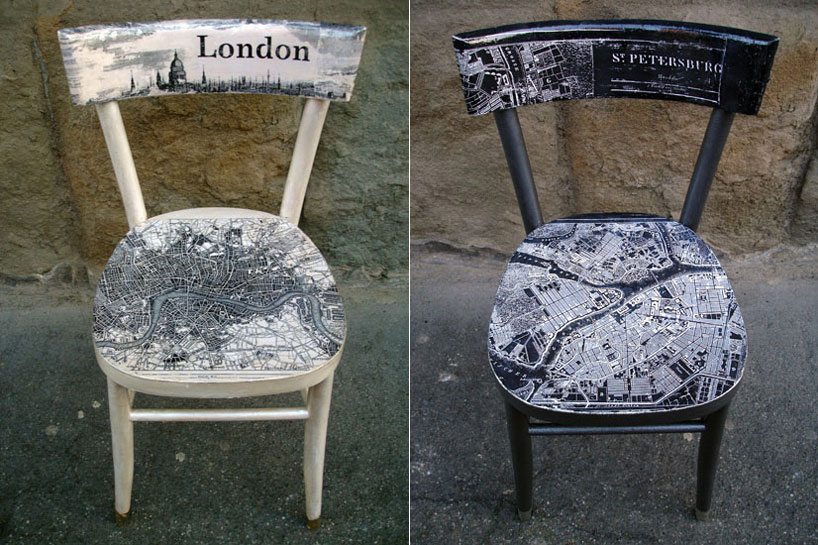
The chairs included in the set must be decorated in the same style.
If the chair is antique, then you need to restore it very carefully. Be sure to give time to dry the applied composition.
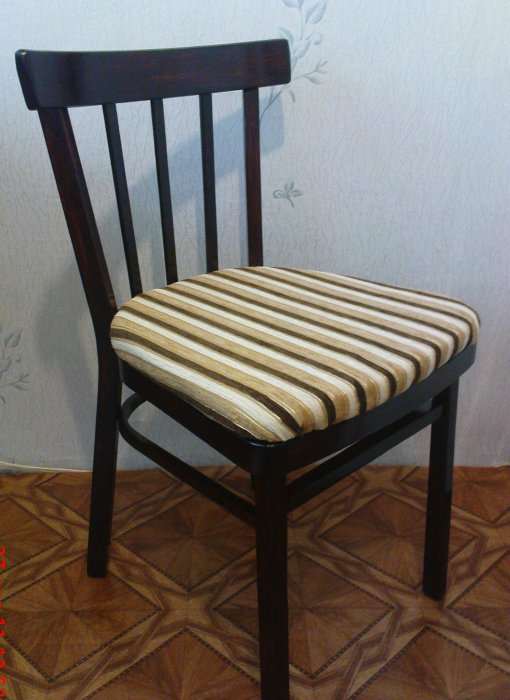
For an antique chair, choose a decorative material with embroidery.
For your information. Antique chairs often come with springs in the seat area, so you will need to find the same or similar ones, and remove the old, rusted and lost elasticity. Replace the seagrass and horsehair used in the old days as fillers with foam rubber.
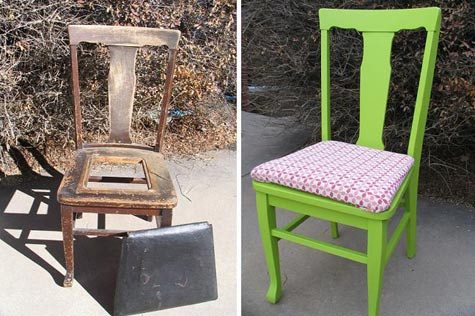
Restoration costs at home are minimal.
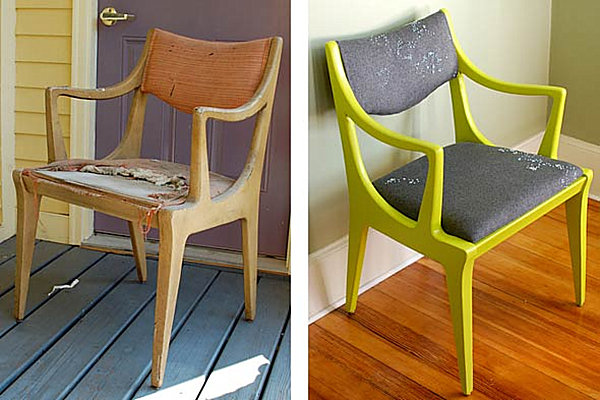
Round the edges using a jigsaw, clean the edges with sandpaper.
Necessary materials and tools
To restore the chairs you will need the following:
- quick-drying varnish (transparent or tinted);
- dye;
- upholstery fabric;
- foam rubber;
- plywood;
- sandpaper;
- metal washers and bolts (screws);
- springs (for a specific type of chairs).

Sandpaper will be required in order to clean the surface of the furniture from bumps, chips and cracks in the varnish.
The fabric is selected resistant to abrasion and mechanical stress, sufficiently dense. Tapestry, flock, matting, etc. will do. For an antique chair, choose a decorative material with embroidery.
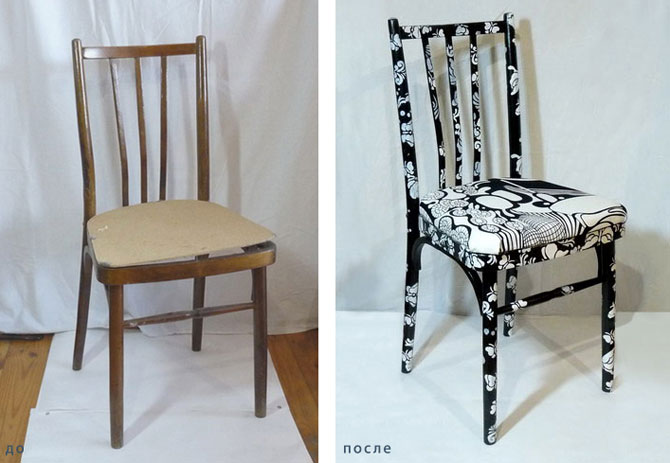
Updating furniture on your own will be much cheaper.
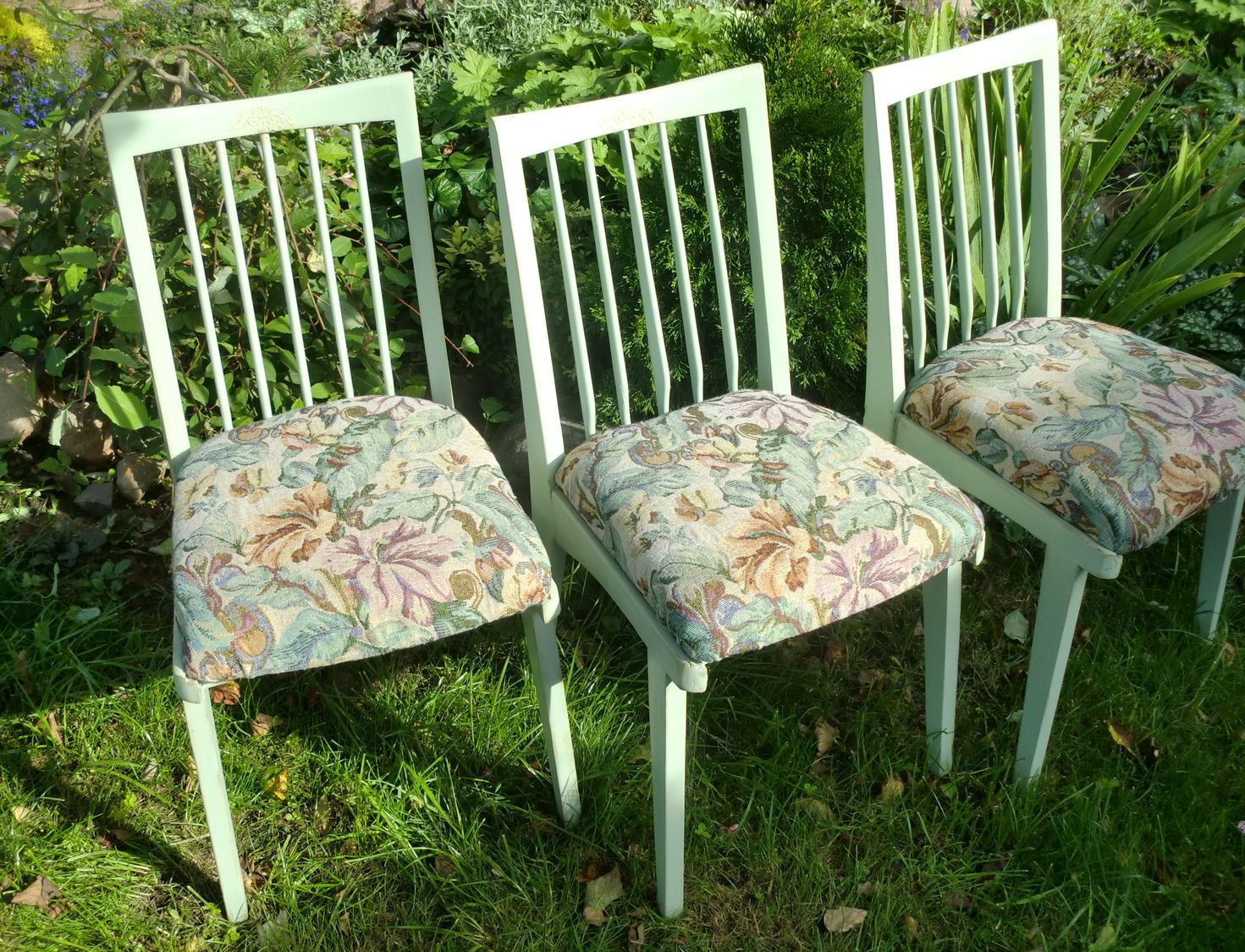
Select in advance the density, texture of the wooden base, cut it to size and use the template to draw the desired pattern.
Sandpaper will be required in order to clean the surface of the furniture from bumps, chips and cracks in the varnish. It is necessary to completely sand the chair (wooden structure) for a smooth application of the laminating composition.
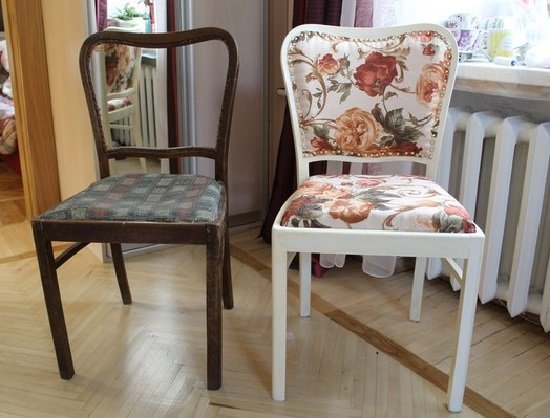
For serious repairs, the chair can be disassembled, the broken parts replaced with new ones and fastened with bolts or screws.
To update the chair, you need tools:
- scissors;
- roulette;
- hacksaw for wood (saw off excess plywood under the seat);
- screwdriver;
- screwdriver.
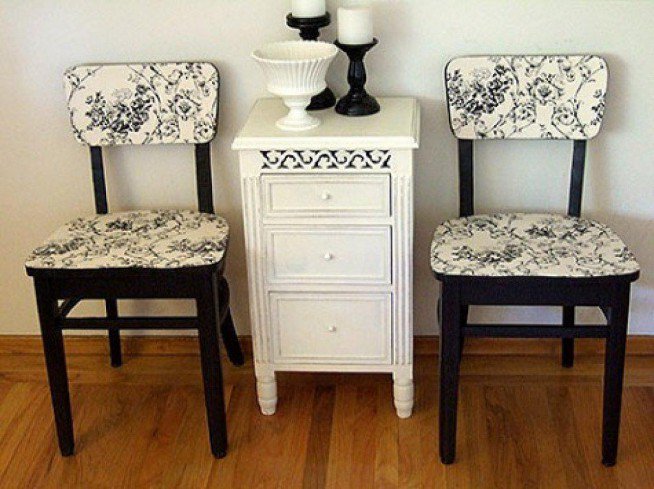
For greater reliability, you can add a little universal glue to the grooves.
For serious repairs, the chair can be disassembled, the broken parts replaced with new ones and fastened with bolts or screws. Seat frames also often require restoration.
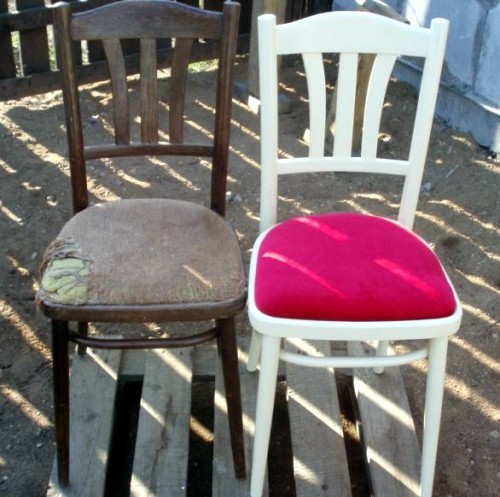
Seat frames also often require restoration.
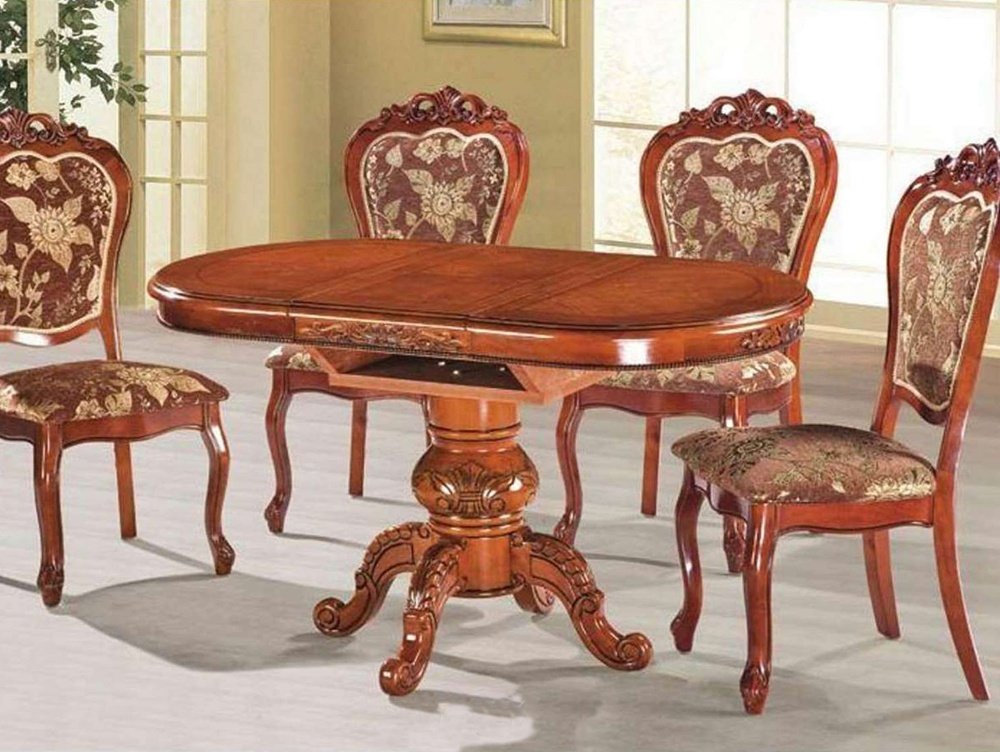
A Viennese chair or any other chair looks best in this design.
Important! It is necessary to use wood species close in density and texture so that the chair is functional and looks presentable.
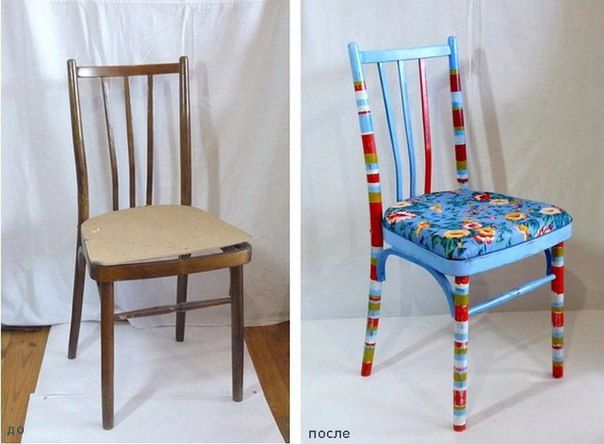
A leaky seat is updated by replacing the base with slats and / or completely restoring the upholstery.
Restoration methods by decorating a chair
There are several options for designing the appearance of furniture. The chair can be updated in the following ways:
- staining;
- lamination;
- decoupage.
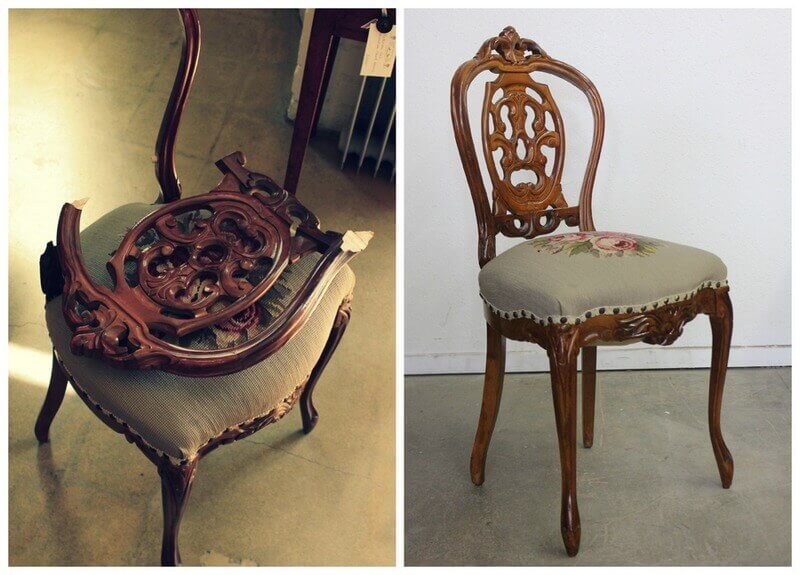
It is necessary to use wood species close in density and texture so that the chair is functional and looks presentable.
As a decor, you can use both the upholstery itself, choosing a fabric of interesting colors like a tapestry, and other parts of the furniture, making them carved, figured.
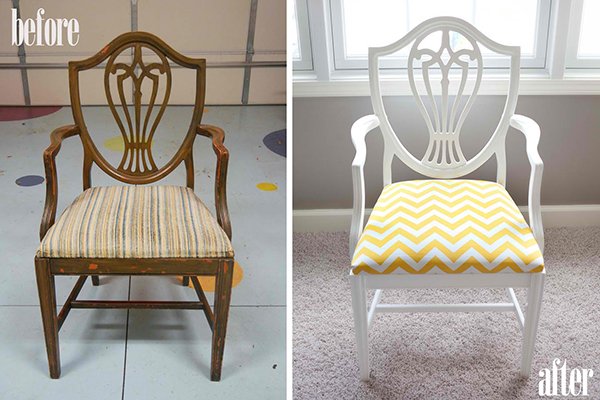
You can not bring the fabric to the outer sides of the seat.
A plain seat is decorated with smooth embroidery or appliqué. This must be done before starting the plating.

A plain seat is decorated with smooth embroidery or appliqué.
The wooden surface of the supporting structure and the back are laminated, that is, they are coated with a resistant varnish in several layers. The tone of the coating is selected closer to the natural shade of the tree (light, dark or moderate). A Viennese chair or any other chair looks best in this design.
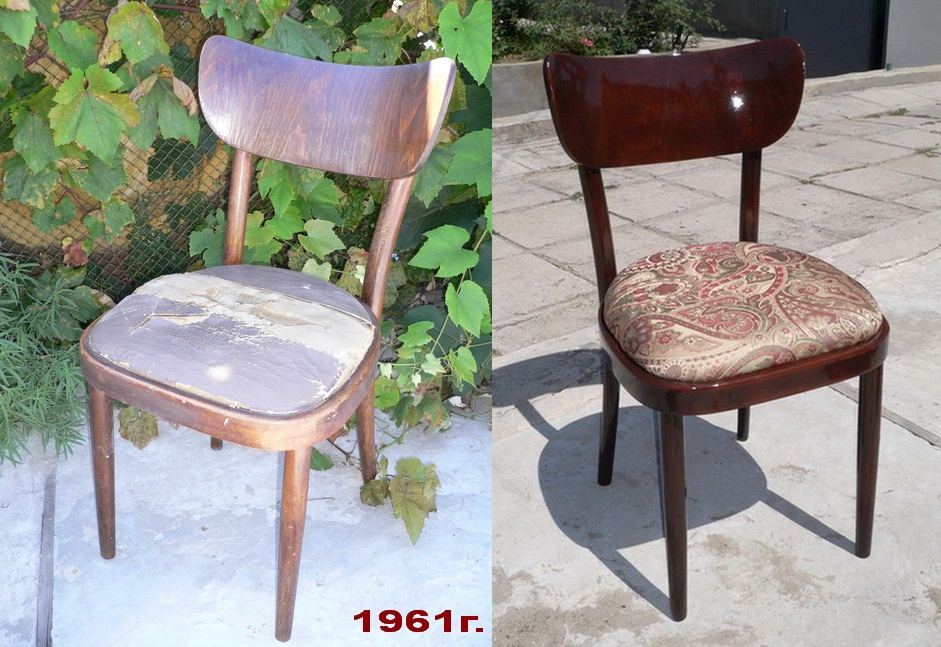
The restored chair can be additionally decorated - to make the wooden surface lighter or darker, to decorate the back or legs in a different way.
You can completely replace the back with a figured one, if the design allows. Select in advance the density, texture of the wooden base, cut it to size and use the template to draw the desired pattern. Round the edges using a jigsaw, clean the edges with sandpaper.
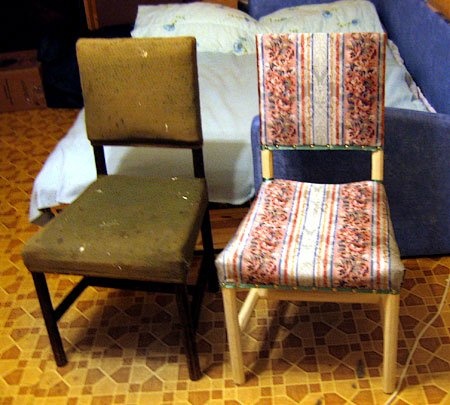
The wooden surface of the supporting structure and the back are laminated, that is, they are coated with a resistant varnish in several layers.
The chairs included in the kit must be designed in the same style so that they do not stand out from the overall picture - "various" furniture can look good in different rooms, but at a common table, for example, when celebrating a family celebration, it looks careless.
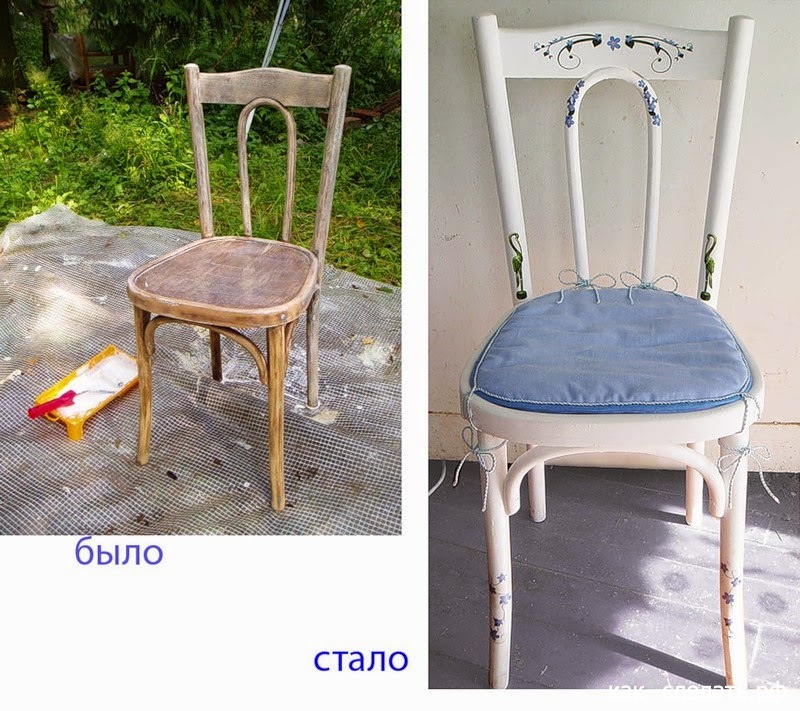
When updating, you can use a variety of materials.
VIDEO: Chair restoration: How to make a chair with your own hands. Master class from Katerina Sanina: design, interior
What else to read
THE LAST NOTES
- DIY rocking chair (59 photos): drawings, convenient options, tips for creating
- Cover for a chair with a backrest with your own hands - patterns plus fantasy
- DIY rocking chair: materials and drawings with dimensions
- Do-it-yourself bumpers in the crib: a manifestation of parental love and care
- An excellent design solution to make a built-in wardrobe from hl
